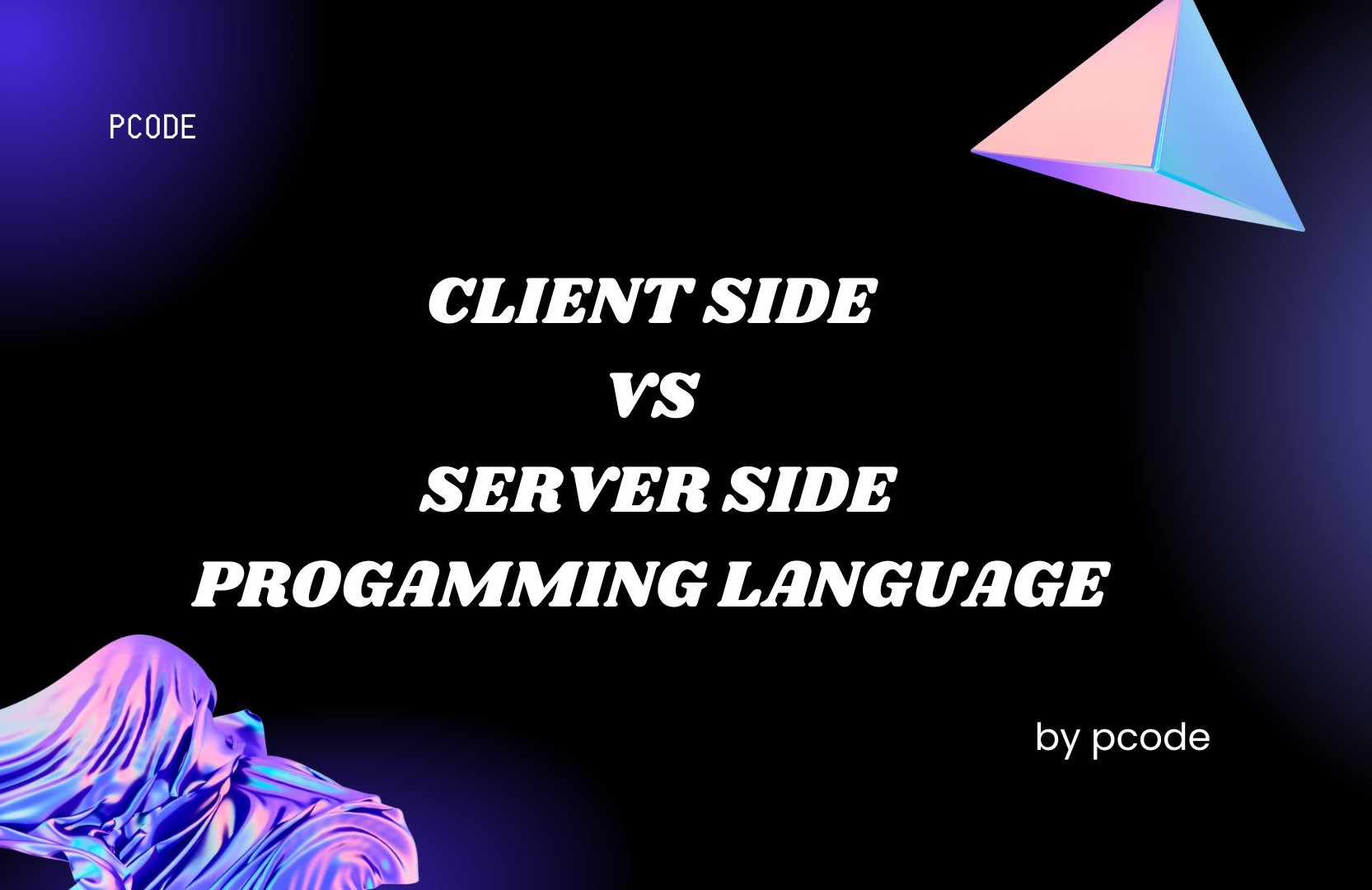When building a website or a web application, two main areas come into play: the client-side (front-end) and the server-side (back-end). To better understand how these two work together, think of it as a conversation between two entities—the user (client) and the server (where the website's data lives).
As a beginner in web development, understanding how these two sides function will give you insight into how websites are built, how they run, and why both are crucial to creating a seamless user experience. Let’s break down each side and explore what makes them unique yet interdependent.
What is Client-Side Development?
Client-side development refers to everything the user sees and interacts with directly on their device, like a computer or smartphone. It's responsible for the visuals, layout, and user experience of a website. This includes everything from text, images, buttons, forms, and animations that users can interact with.
In simple terms, the client-side is all about what’s happening in the web browser.
Key Elements of Client-Side Development:
1. HTML (HyperText Markup Language):
Think of HTML as the skeleton of a website. It structures the content—headings, paragraphs, images, links—so the browser knows how to display them.
2. CSS (Cascading Style Sheets):
CSS is what makes the skeleton look good. It controls the colors, fonts, layouts, and overall styling, allowing web pages to be visually appealing.
3. JavaScript (JS):
JavaScript brings websites to life. It adds interactivity, like dropdown menus, sliders, or form validation (e.g., checking if an email is properly entered before submission).
For example, when you click a button to reveal a hidden menu, it’s JavaScript at work. Client-side development ensures that users have an interactive and responsive experience. Front-end developers spend time making sure the website works well on different screen sizes, from mobile to desktop (a practice called responsive design).
What is Server-Side Development?
On the other hand, server-side development (or back-end) refers to everything that happens behind the scenes. When you visit a website, your browser sends a request to a server. The server processes that request, retrieves the necessary data, and sends it back to your browser.
You can think of the server-side as the brain of a website—it handles logic, database management, and security.
Key Elements of Server-Side Development:
1. Databases:
A database stores all the information a website needs to function. For example, when you log in to a website, the server checks the database to verify your credentials before granting access.
2. Server-Side Languages:
Several programming languages are commonly used on the server side, such as:
- PHP: Popular for handling data-heavy websites, such as WordPress.
- Python: Known for its readability and often used for creating web applications.
- Node.js: JavaScript on the server, which is growing in popularity because developers can use the same language for both the front and back end.
3. APIs (Application Programming Interfaces):
APIs allow the server to communicate with external services, such as retrieving live weather data or integrating social media feeds.
Example:
When you submit a contact form on a website, the information you entered (your name, email, and message) is sent to the server. The server processes this data, maybe saves it to a database, and then sends a confirmation back to your browser. This is a typical example of **server-side processing**.
The Differences Between Client-Side and Server-Side
Understanding how the client-side and server-side differ is essential because they have distinct roles but need to work together.
- Client-Side Rendering (CSR):
CSR happens when the browser downloads all the necessary files (HTML, CSS, and JavaScript) from the server and then assembles the web page on your device. This method can make websites feel faster to the user once loaded, but it might take longer for the initial load.
- Server-Side Rendering (SSR):
SSR, on the other hand, processes the web page on the server before sending it fully loaded to the browser. This method is often faster for initial page loads but can increase the load on the server.
A key difference is how data and code are handled: Client-side development manages how the user interacts with the content, while server-side development focuses on data management and making sure everything runs smoothly in the background.
Client-Side vs. Server-Side Scripting
Both sides can have scripts, but they differ in where they run and what they do:
- Client-Side Scripting:
These scripts run directly in the browser. They often handle tasks like form validation, animations, and updating parts of the page without reloading the entire site. Client-side scripting helps improve user experience by making websites feel faster and more interactive.
- Server-Side Scripting:
These scripts run on the server. They manage tasks like retrieving or updating data in a database, managing user sessions (like logging in and out), and sending dynamic content to the browser. Server-side scripting is crucial for handling tasks that require access to a database or external services.
Why Both Client-Side and Server-Side are Important
While the client-side is all about creating a smooth, interactive experience for the user, the server-side ensures that the website functions correctly and securely behind the scenes. For instance, when you shop online, the client-side displays the products, but it’s the server-side that processes your payment and confirms your order.
By combining these two, you get the full picture of how websites work. Each side has its own challenges and requires different skills, but together, they create a seamless web experience.
Conclusion
Whether you're just getting started in web development or looking to build a more complex web application, understanding the basics of client-side and server-side development is essential. Front-end developers focus on what the user sees and interacts with, while back-end developers manage the logic and database operations that make websites function.
By learning both sides, you’ll be on your way to becoming a well-rounded web developer, capable of building robust and interactive websites.






